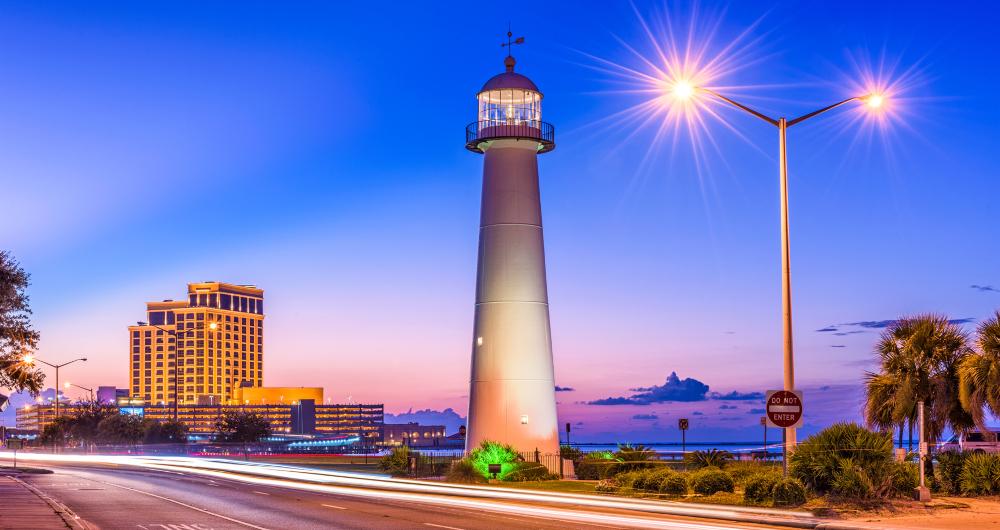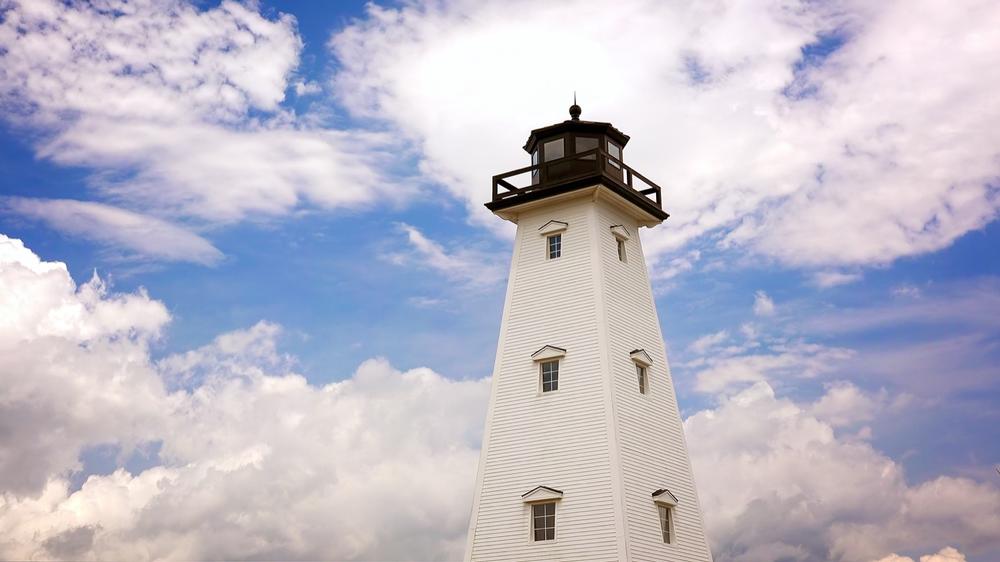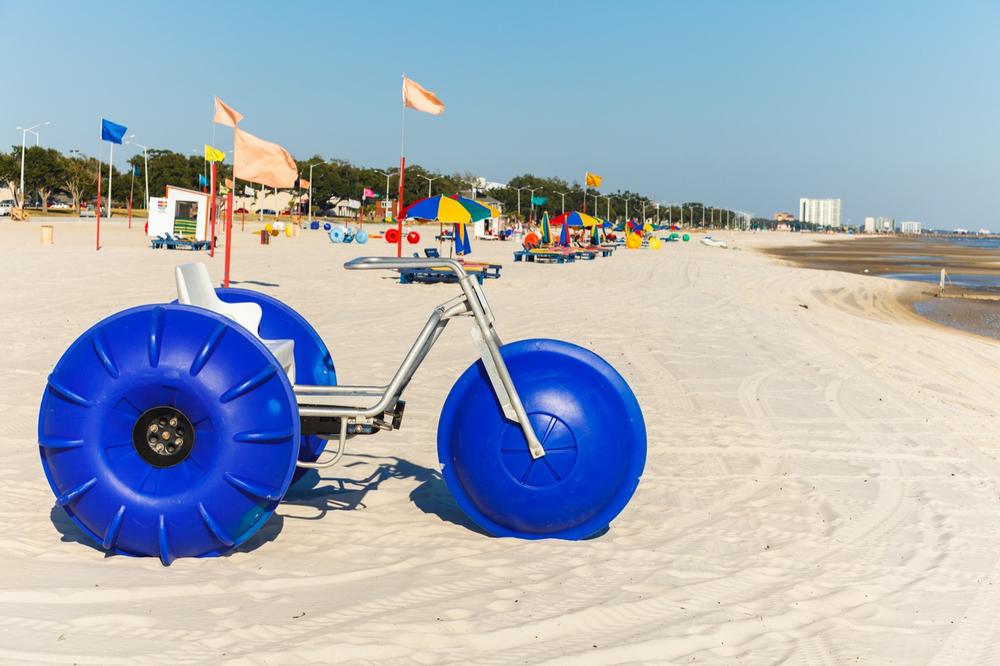The Largest Cities in Mississippi
By VI | Disclosure: I use affiliate links

Courtesy of SeanPavonePhoto - Fotolia.com
In This Article
-
Where is Mississippi located?
- Located in the southeastern section of the United States, Mississippi is the 32nd largest state by both area and population.
-
How did Mississippi get its name?
- The state is named after the Mississippi River, which flows along its western border.
-
Which states and bodies of water border Mississippi?
- Mississippi has borders with Tennessee, Louisiana, Arkansas, and Alabama, with a small section of coastline on the Gulf of Mexico.
-
What is the total area and population of Mississippi?
- The state covers an area of 48,430 square miles and has an estimated population of 2.98 million people.
-
What role does agriculture play in Mississippi's economy?
- Agriculture has always been a big part of Mississippi's economy and continues to be important to the state to this day.
-
How does Mississippi rank in terms of wealth, health, and education?
- Mississippi is one of the poorest states and also ranks low in terms of health and education.
-
What is the capital and largest city of Mississippi?
- The largest city in Mississippi is Jackson, which is also the state capital.
-
What is the largest metropolitan area in Mississippi?
- The Greater Jackson area is the biggest metropolitan area in Mississippi.
-
Where can I find more details on the largest cities in Mississippi?
- Read on to learn more details and overviews of the largest cities in the state of Mississippi.
The Largest City:
1. Jackson - The Largest City

© SeanPavonePhoto/stock.adobe.com
Situated in Hinds County, Rankin County, and Madison County, the city of Jackson is the capital of Mississippi. It's also the biggest city in the state and is the only Mississippi city to have a population exceeding 100,000. Jackson is situated in the central part of the state on the Pearl River and covers an area of 113.2 square miles. The estimated population of Jackson is 165,000, with over 575,000 in the surrounding metropolitan area.
The city was named after Andrew Jackson, the seventh President of the United States. Jackson is known as 'The City with Soul' for its strong blues and folk music scene, and is also the number one touristic, cultural, commercial, and industrial hub of Mississippi. Major landmarks in Jackson include the Mississippi Governor's Mansion, State Capitol Building, Jackson Zoo, and Mississippi Civil Rights Museum.
Other Large Cities:
2. Gulfport

© CrackerClips/stock.adobe.com
Located in Harrison county, Gulfport is the second biggest city of Mississippi. This city is located on the southern coast of the state and covers an area of 64.2 square miles. The estimated population of Gulfport is 71,000, with approximately 382,000 people living in the surrounding metropolitan area. Gulfport was named due to its situation as a port city on the Gulf of Mexico.
This city forms the Gulfport-Biloxi Metropolitan Statistical Area alongside Biloxi and hosts several unique annual events like the World's Largest Fishing Rodeo and Smokin' the Sound speedboat races. Gulfport is also a key tourism city of the state of Mississippi due to its coastal location and many casinos.
3. Southaven

© yotrakbutda/stock.adobe.com
Located in DeSoto County in the northern part of the state, Southaven is the third largest city of Mississippi. Due to its close proximity to the Tennessee border, this city is actually a suburb of Memphis and is included as part of the Memphis metropolitan area. Southaven covers an area of 41.5 square miles and has an estimated population of 54,000.
It's one of the fastest-growing cities in all of Mississippi and has a strong economy when compared to other cities around the state due to its key location near Memphis. The city's name comes from the fact that it is situated directly south of the Memphis community of Whitehaven.
4. Hattiesburg

© csfotoimages/stock.adobe.com
Mostly situated in Forrest County but also extending slightly into Lamar County, Hattiesburg is the fourth largest city in the state of Mississippi. This city, nicknamed 'Hub City', is located in the south-central part of the state and is home to The University of Southern Mississippi, as well as William Carey University, making it a key educational hub for the state.
Hattiesburg covers an area of 54.3 square miles and has an estimated population of 46,000, with over 148,000 in the surrounding Hattiesburg Metropolitan Statistical Area. The city was founded in 1882 by William H. Hardy, who decided to name it in honor of his wife, Hattie. Hattiesburg is also notable for being home to Camp Shelby, the biggest National Guard base on the eastern side of the Mississippi River.
5. Biloxi

© Fotoluminate LLC/stock.adobe.com
Located in Harrison County, nearby the other large city of Gulfport, Biloxi is the fifth biggest city in the state of Mississippi. This is a port city, located on the southern edge of the state, with a long stretch of popular touristic beaches directly on the Mississippi Sound.
Biloxi covers an area of 46.7 square miles and has an estimated population of 45,000, with more than 379,000 in the surrounding metropolitan area. The name of the city was taken from a Native American word and has also been spelled Bilocci throughout history. Biloxi is a popular tourist location due to the beaches, lighthouse, and nearby barrier islands.
Plan Your Trip







